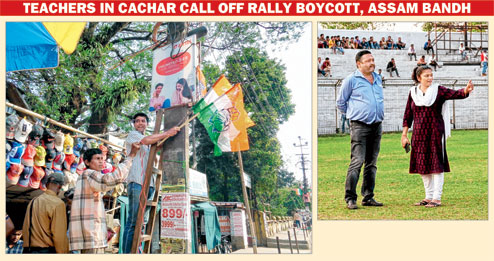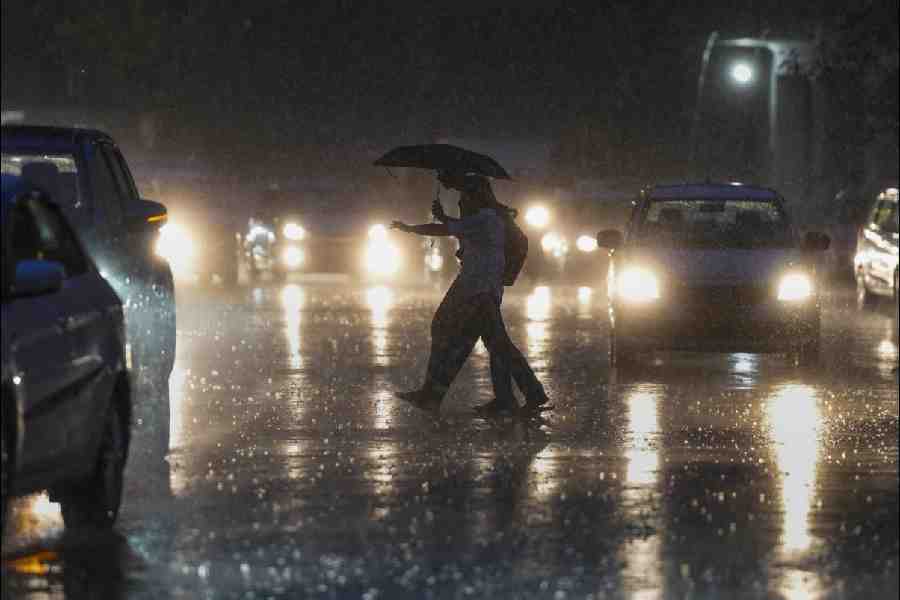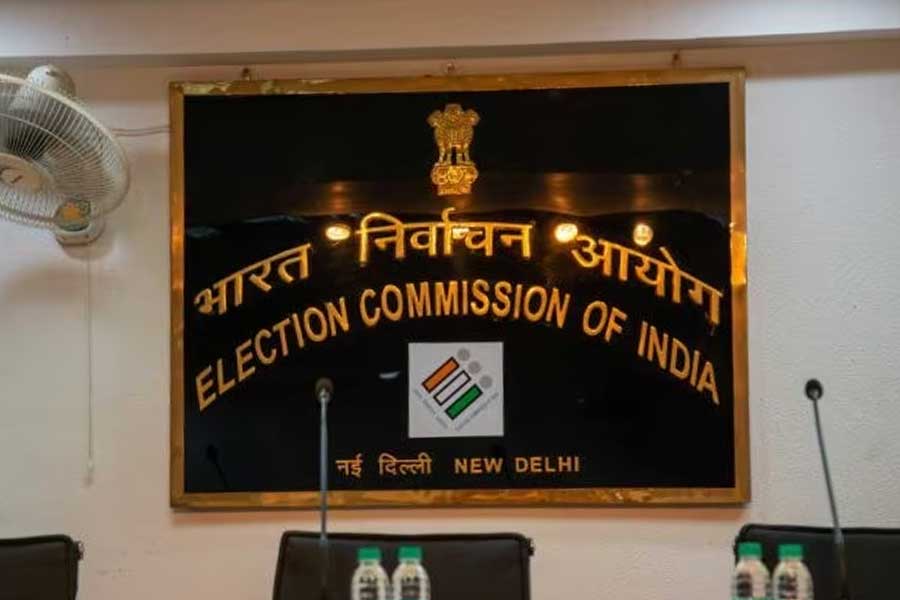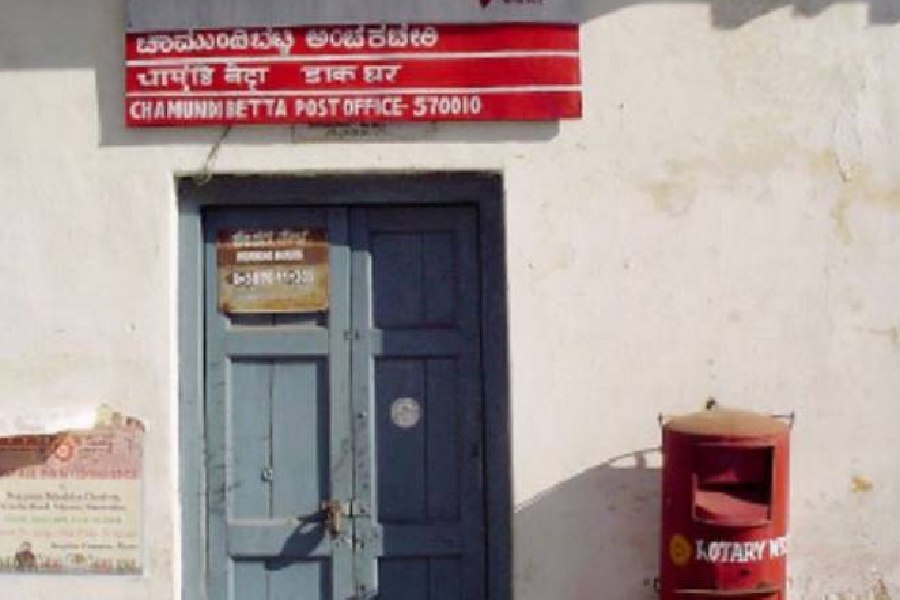
Guwahati, April 28: Villagers in flood-prone areas in Assam continue to depend on traditional "coping practices" to fight the annual deluge as modern disaster management facilities are yet to reach them, a survey in 30 villages has revealed.
The baseline survey in the flood-prone villages in Dhemaji, Morigaon and Barpeta districts revealed that residents teach their children to swim, use bamboo rafts, construct chang ghars (bamboo and wooden houses on raised platforms) and bamboo bridges and renovate roads through shramdan (voluntary community labour). They also change traditional agriculture practices to cope with the annual disaster.
"An average villager is skilled in swimming and it is a life-saving knowledge for him/her. Children are brought up in such a way that they learn swimming very early. Banana and bamboo boats are the principal means of transportation during floods in most of the villages. The roads and bridges are often washed away by the floodwaters but they are reconstructed multiple times for which the community donates labour and resources. The villagers are quite capable of understanding when floods will strike as they observe the weather, especially the rainfall and clouds upstream," said the report, quoting the findings in at least 20 villages under Naruathan gaon panachayat in Upper Assam's Dhemaji district.
The Government of India-UNDP Programme on Institutional and Community Resilience to Disasters and Climate Change survey was conducted jointly by Assam State Disaster Management Authority and All-India Disaster Mitigation Institute recently. It covered villages in Naruathan (20), Tatikata (four) and Bhatkuchi (six) panchayats in the three districts.
"There is no emergency shelter within the panchayat area. Households far from the river and the chang ghars are relatively less vulnerable. However, as the river tends to change its course, it has the potential to wash away stronger structures. Thus, multi-purpose flood shelters in safe places are required. The chang ghars with modern orientation, can be the best structures for any other flood-affected region," the report said. Dhemaji, Morigaon and Barpeta are among the districts most vulnerable to floods. Thousands of people are displaced by floods every year and they take shelter on high roads and embankments as there is no disaster management plan in place at the panchayat level and in schools, which was recommended by the National Disaster Management Authority.
Drinking water and sanitation was identified as one of the major problems faced by villagers during floods as they depend on wells and tubewells owing to the absence of piped drinking water. Health centres and schools get inundated during floods, affecting education and healthcare.
The annual floods also forced villagers to change their cultivation cycle. "Due to prolonged period of waterlogging and floods over the past years, the villagers in this panchayat shifted their cultivation season and pattern. Now irri (a variety of paddy) is grown in place of bao (another variety of paddy), which is cultivated from November to March, to avoid the possibility of flood damage. Moreover, shallow tubewells have replaced rain-fed agriculture, thereby supporting agriculture in rainy season," it said, citing the situation in villages under Bhatkuchi panchayat. The villagers struggle to protect foodgrains during floods and stocks are often damaged owing to the absence of any facilities such as grain banks on raised land.
Sources in the state disaster management authority said the situation in most of the flood-prone villages was almost the same. "The survey was conducted to document the traditional "coping practices" of floods used by communities and help others living in flood-prone areas to adopt them," a source said.
Over 83,000 people have been affected by floods this month in Sivasagar, Jorhat and Charaideo districts in Upper Assam. With more than 40 per cent of its area susceptible to flood damage, Assam, especially the Brahmaputra Valley districts, faces serious floods almost every year. The valley experienced major floods in 1954, 1962, 1966, 1972, 1974, 1978, 1983, 1986, 1988, 1996, 1998, 2000, 2004 and 2012.











